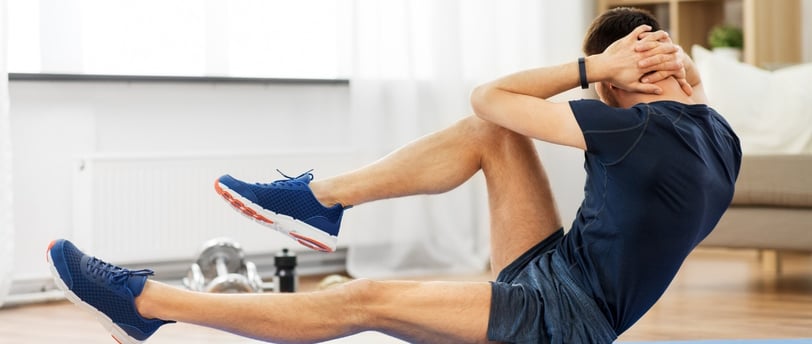Exercise and Fertility
Balancing Physical Activity for Optimal Reproductive Wellness
FERTILITY
1/1/20173 min read


Introduction:
Physical activity is a cornerstone of a healthy lifestyle, impacting various aspects of well-being. When it comes to fertility, exercise plays a significant role in promoting reproductive health. This article explores the intricate relationship between exercise and fertility, emphasizing the importance of striking a balance for optimal reproductive wellness.
Exercise and Hormonal Balance:
Regular physical activity has profound effects on hormonal balance, including reproductive hormones. Exercise stimulates the production of endorphins, which can positively influence stress levels and, consequently, reproductive hormones such as cortisol. Striking a balance in hormonal regulation is crucial for a healthy reproductive system.
The Impact of Exercise Intensity:
While exercise is generally beneficial, the intensity and duration can impact fertility differently. High-intensity and excessive exercise may lead to irregular menstrual cycles and disrupt ovulation in women. In men, extreme physical activity may temporarily lower sperm count. Finding a moderate exercise routine that aligns with individual fitness levels is key to reaping the benefits without compromising reproductive health.
Cardiovascular Exercise and Fertility:
Cardiovascular exercise, such as running, cycling, or swimming, contributes to overall fitness and cardiovascular health. Engaging in moderate cardiovascular activities enhances blood circulation, promoting the efficient transport of oxygen and nutrients to reproductive organs. However, excessive cardiovascular exercise may contribute to irregular menstrual cycles in women, emphasizing the importance of moderation.
Strength Training and Reproductive Health:
Strength training, including weightlifting and resistance exercises, is an essential component of a well-rounded fitness routine. This form of exercise enhances muscle strength and supports overall health. While moderate strength training is generally beneficial for reproductive wellness, excessive resistance exercise may contribute to hormonal imbalances in both men and women.
Yoga and Mind-Body Connection:
Yoga, with its focus on flexibility, mindfulness, and relaxation, offers unique benefits for reproductive health. Stress reduction through yoga may positively impact hormonal balance, and certain poses may specifically target reproductive organs. Integrating yoga into a fitness routine provides a holistic approach to reproductive wellness.
Timing and Exercise:
Understanding the timing of exercise in relation to the menstrual cycle is crucial for women seeking to optimize fertility. Tailoring exercise routines to different phases of the menstrual cycle can help align physical activity with the body's natural hormonal fluctuations, supporting reproductive health.
Cautions for Extreme Athletes:
Individuals engaging in extreme athletic pursuits, such as marathon running or professional sports, should be aware of potential impacts on fertility. Extreme exercise, combined with other stressors like inadequate nutrition, may contribute to menstrual irregularities and reproductive challenges. Seeking guidance from healthcare professionals is advisable for those with intense athletic commitments.
Balancing Exercise with Rest:
Rest and recovery are integral components of a well-balanced fitness routine. Overtraining and insufficient recovery time may lead to hormonal imbalances and impact reproductive health negatively. Prioritizing rest days and allowing the body to recover contributes to overall well-being, including reproductive wellness.
Conclusion:
Exercise is a powerful tool for promoting reproductive wellness when approached with mindfulness and balance. Whether engaging in cardiovascular activities, strength training, or mind-body practices like yoga, the key is moderation. Striking a balance between physical activity and rest, understanding individual fitness levels, and being mindful of the impact of exercise on hormonal balance contribute to optimal reproductive health. By adopting a holistic approach to fitness, individuals can harness the benefits of exercise for both overall well-being and fertility.
Please note: The information provided in this article is for educational and informative purposes only. It is essential to consult with healthcare professionals for personalized advice.
Important Disclaimer:
Before taking any actions, including making purchases through the links in our blog, or if you are considering any health-related activities, please read this important information. We strongly advise you to consult with specialists and medical professionals before taking any steps. Your health is of paramount importance, and the responsibility for it lies entirely with you. Remember to be responsible for yourself and your health!
Important Information | About Us | Contact Us | Privacy Policy | Terms and Conditions | 2014-2025 VirilityMastery.com All Rights Reserved ©
